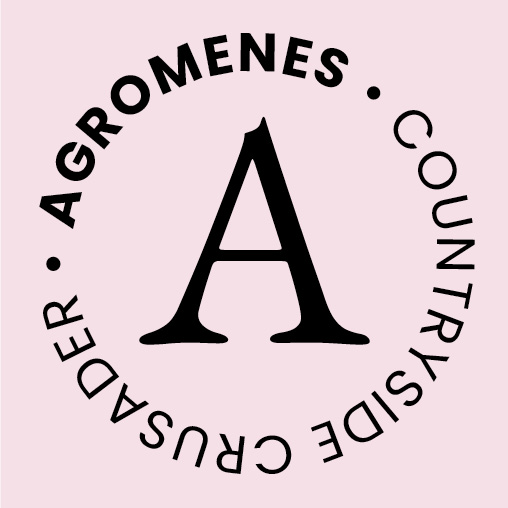
Every day in 2024, one pub closed permanently. Many of them were in villages, leaving the community without their historic meeting place.
It is, of course, pretty hard to make a decent living out of a village pub and Chancellor Rachel Reeves has made it even harder. Her hiking up of the employers’ National Insurance Contributions has been a disaster for hospitality in general, but it has particularly hit publicans. Their margins were already very thin before she walloped on her jobs tax and it’s those thin margins that mean that there isn’t much of a market for pubs, so they go up for sale at much less than you’d pay for a village house. Often, that tempts people to try to convince local planners that the pub isn’t viable and, therefore, should be subject to a change of use to residential.
Yet, amid this sad drift, Agromenes has discovered one corner of rural England that has bucked the market trend, kept its pubs and even reopened some that were closed. It is in mid Suffolk, where in an eight-mile radius there are 10 pubs, three of which have reopened after what was thought to be permanent closure.
The village of Framsden (population 331), was faced with the loss of the Greyhound (formerly the Doberman) when the landlady died, but locals clubbed together and reopened it as a community enterprise. That was only possible because of the legislation that enables the local authority to designate a pub as a valuable community resource. That gives the village a chance to buy it before it is offered elsewhere and Framsden took full advantage.
'It’s hard going to make them pay, but every village is the better for it. That’s why one of the meanest tricks played on a community is to deprive it of its pub'
Something different happened along the road in Rendham (population 229), where the White Horse had closed. There, a couple of local people wanted to do something for their village; they bought the premises and reopened the pub. Much the same thing happened in the village of Debenham. As a result, there are two pubs there: the Woolpack and now the Lion, which was first opened in 1463 and has recently been reopened after 25 years of closure. Further good news is that the Ten Bells opposite Stonham Aspal church — only four miles from Debenham — will reopen as a free house, coffee lounge and community general store after several years selling Mexican handicrafts.
It isn’t that these reopened pubs have no competition from established hostelries. Within that eight-mile radius, there’s the Chequers in Kettleburgh (population 258), the White Horse at Easton (385), the Bell at Cretingham (207), the Victoria at Earl Soham (435) and the Dennington Queen at Dennington (557). That’s not counting the four pubs in the local market town of Framlingham.
No one suggests that any of these are gold mines. It’s hard going to make them pay, but every village is the better for it. That’s why one of the meanest tricks played on a community is to deprive it of its pub. People buy a pub, batter the local authority with appeal after appeal until the planners finally give in and allow a change of use. The appellants then make a tidy profit, but at the community’s expense.
Exquisite houses, the beauty of Nature, and how to get the most from your life, straight to your inbox.
Councils in this part of Suffolk have recognised the problem. When the new owners of the Queen at Brandeston (population 268) wouldn’t open it and placed old oak barrels and rusting chains to bar access, the council refused change of use and issued an order compelling the occupants to reopen within 12 months.
An appeal against the decision was dismissed earlier this year and Agromenes expects the council will stick to its guns, so that the Brandeston Queen can again be a lively pub in this remarkably community-minded part of rural England.
Agromenes is Country Life's countryside crusader. They have written about rural issues in the magazine each week for the past 25 years.

